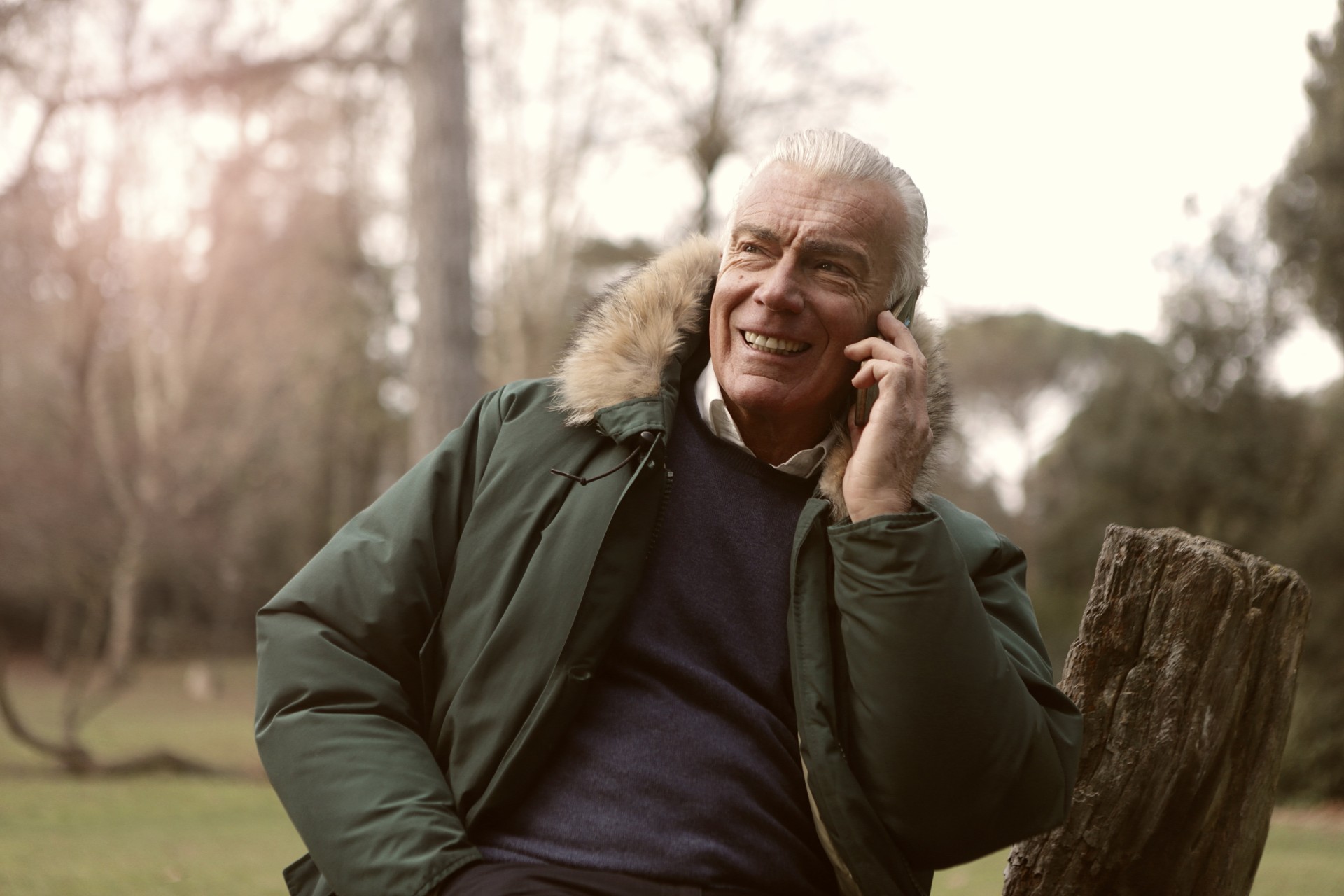Hillel Selznick, a renowned artist known for his captivating fusion of abstract and figurative styles, offers a wealth of advice for artists seeking to develop their craft. His approach to art is a blend of technical skill, spontaneity, and deep emotional resonance. Here, we explore five key lessons Selznick offers from his own artistic journey.

1. Experiment with Mediums and Techniques
One of the pillars of Hillel Selznick’s creative process is the willingness to experiment with different mediums and techniques. By using a wide variety of materials, including watercolors, oils, pastels, and 3D pen acrylics, Selznick enriches the texture of his work, giving it a layered, dynamic quality. He advises artists to explore beyond their usual mediums and push the boundaries of traditional techniques.
Selznick believes that art comes alive when artists allow themselves to combine methods in ways that may initially seem unconventional. He emphasizes the importance of trying new tools and blending different textures, as this can open up unexpected possibilities. For emerging artists, embracing experimentation is key to developing a unique voice and signature style.
2. Harness the Power of Color to Convey Emotion
Color plays a central role in Selznick’s artistic expression. He encourages artists to use color as a tool for emotional storytelling, rather than simply for visual appeal. Selznick’s works often feature both bold, vibrant hues and subtle, muted tones, and he carefully selects colors to create a specific emotional atmosphere.
For example, bright and saturated colors can convey energy, excitement, or even chaos, while softer, more neutral tones might evoke calm, introspection, or melancholy. He advises artists to focus on the emotional undertones they want to communicate through color and to let the colors speak for themselves, influencing the viewer’s emotional response to the piece.
3. Embrace Spontaneity in the Creative Process
One of the defining aspects of Selznick’s creative process is his ability to embrace spontaneity and instinct. While he often begins with preliminary sketches or concepts, he allows his work to evolve organically as he engages with the canvas. This fluid and intuitive interaction with his materials leads to artworks that feel raw, emotionally charged, and authentic.
Selznick advises artists not to be overly rigid or focused on perfection. Allowing the creative process to take its natural course can result in unplanned discoveries that elevate the artwork. He encourages artists to trust their instincts and be open to unexpected developments during the creation process, as these moments of spontaneity often lead to the most powerful and compelling pieces.
4. Blend Realism with Abstraction
Selznick is well-known for his ability to merge realism and abstraction, creating compositions that challenge traditional boundaries. By combining recognizable subjects, such as landscapes, seascapes, and still lifes, with abstract forms and textures, Selznick blurs the lines between reality and imagination. This allows each viewer to bring their own interpretation to the piece.
Selznick believes that art should not always be about creating exact representations of the world, but rather about capturing the emotional or conceptual essence of a subject. He advises artists to experiment with blending figurative and abstract elements, as this can give their work more depth and open the door to personal, emotional connections with the audience.
5. Continuously Evolve and Learn
One of the most important lessons from Hillel Selznick’s artistic career is the need for continuous growth and evolution. Even with over 40 years of experience, Selznick remains committed to exploring new ideas, techniques, and artistic influences. He draws inspiration from movements such as Fauvism and Expressionism, yet he constantly pushes the boundaries of these styles, incorporating modern techniques and personal innovations.
Selznick advises artists to never stop learning and evolving. The art world is always changing, and so should an artist’s approach. He encourages artists to remain open to new influences, engage with contemporary movements, and never become too comfortable with their existing style. Growth, he believes, comes from the willingness to challenge oneself, take risks, and continually refine one’s voice.
Conclusion: A Path to Creative Mastery
Hillel Selznick’s artistic philosophy offers valuable advice for artists at all stages of their careers. By encouraging experimentation, emotional expression through color, spontaneity in the creative process, and the blending of realism and abstraction, Selznick provides a pathway for artists to grow, evolve, and find their unique voice.
His emphasis on continuously learning and pushing the boundaries of technique is a reminder that the journey of art is never static. For those looking to build a dynamic and meaningful artistic practice, Selznick’s advice offers guidance on how to approach creativity with openness, curiosity, and passion.
